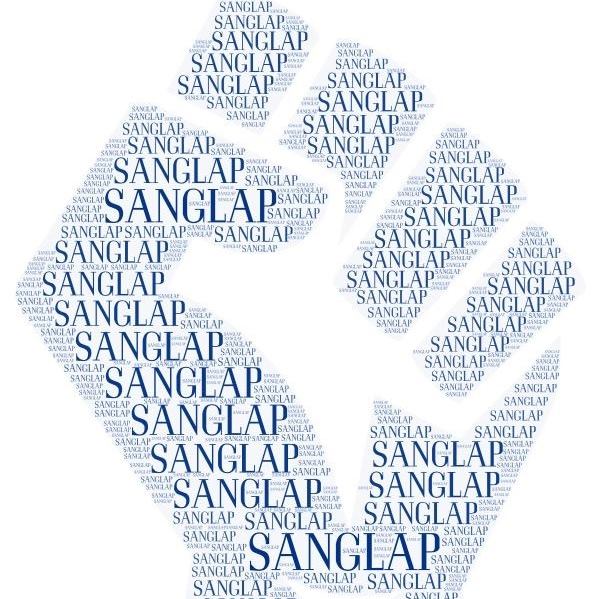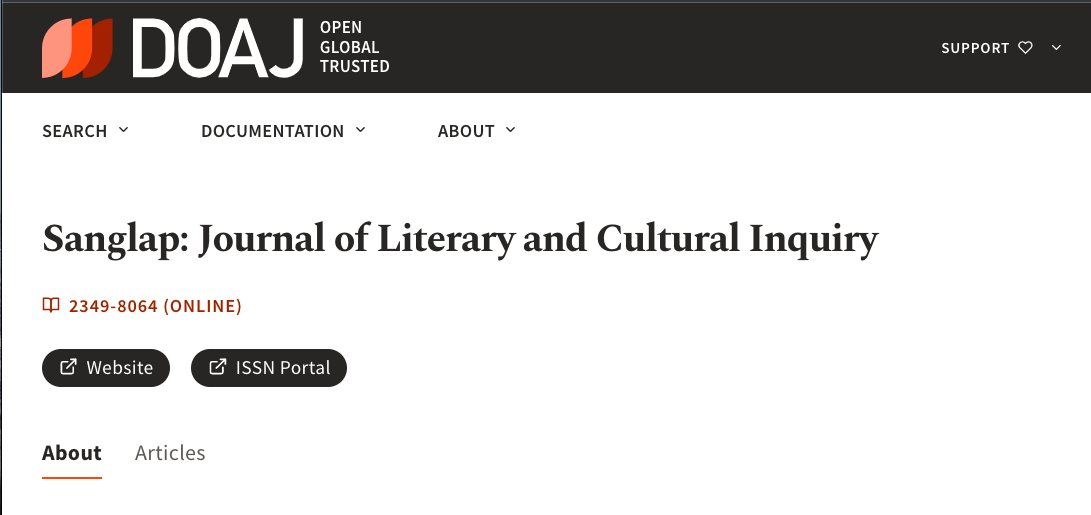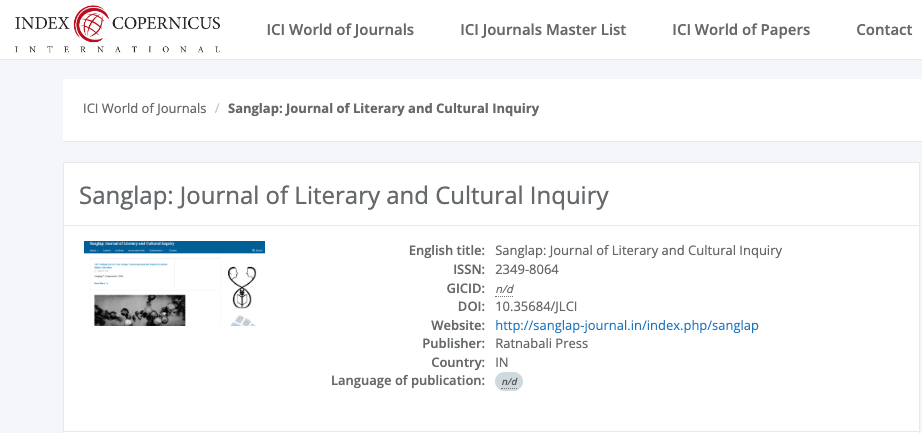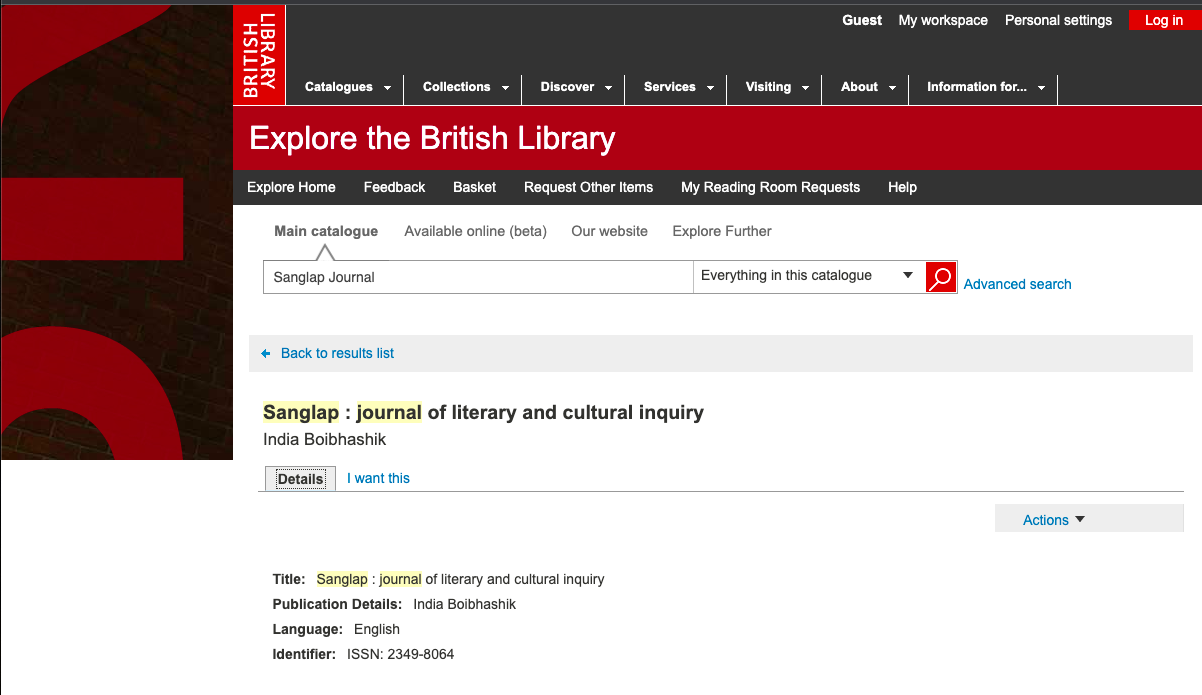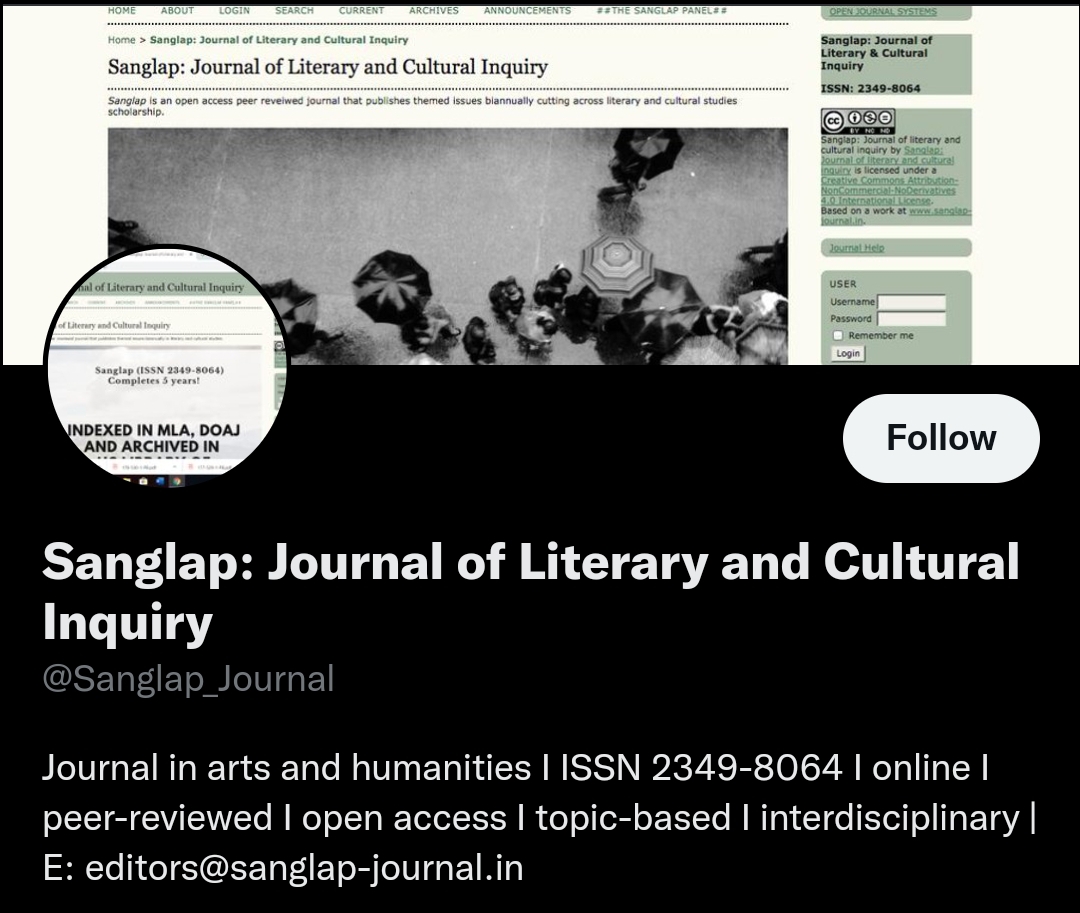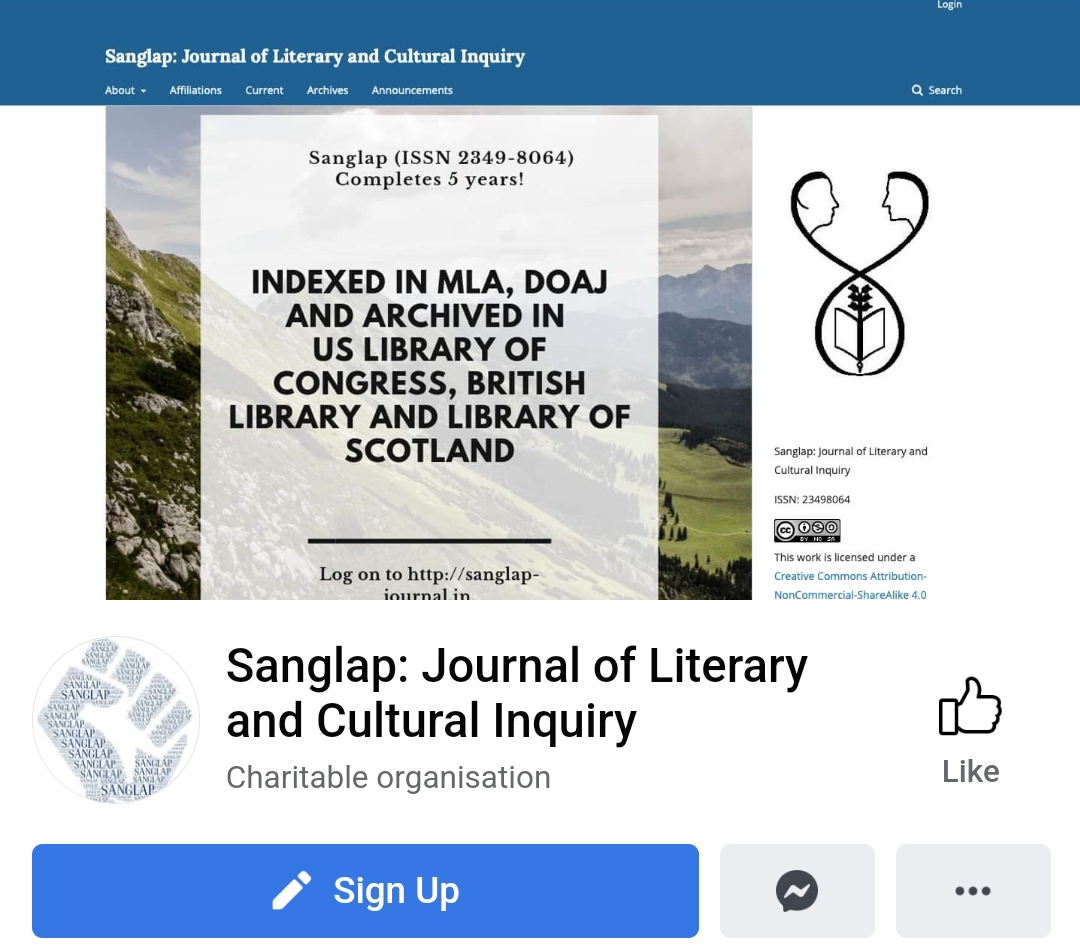Introduction
Keywords:
Memory, Cultural memory, Strytelling, Oral Narrative, Collective memoryAbstract
Everything that we see on this earth is an imitation, be it a human being, animal, or plant; each of them is a memory of something/someone who already existed. Memory studies is a multidisciplinary field of knowledge that engages in understanding the ability to use memory as a tool in remembering/forgetting the past. Memory studies as a branch of knowledge began its presence by forging concepts of cultural memory to demand special focus from scholars of anthropology, education, literature, history, philosophy, psychology, and sociology, among others. Discussing the way memory studies began growing, Roediger and Wertsch write that, “Over the past few decades, collective memory has become a topic of renewed interest in the humanities and social sciences and is now a key part of emerging interdisciplinary activity in ‘‘memory studies’’ (Roediger & Wertsch, 2008). French sociologist Maurice Halbwachs (1925, 1941) contributed immensely to this field of knowledge and his significant work “Social Frameworks of Memory” in 1925 holds great importance. For a long time until Maurice Halbwachs published his notable work "On Collective Memory" (1925), in which he analysed that ownership of memory need not be an individual but the individuals as a collective unit, be it family, society or community and the memory is operated thus by a community. He distinguished between autobiographical memory – memory of those events we ourselves experience; historical memory – memory that reaches us only through historical records; history – as the remembered past which is no longer important to our lives; and collective memory – the active past that forms our identities. Also, Halbwachs characterised shared memories as effective markers of social differentiation. “Collective memory is not history, though it is sometimes made from similar material. It is a collective phenomenon but only manifests itself in the actions and statements of individuals […] it often privileges the interests of the contemporary” (Kansteiner 2002)). Cultural memory conserves the heritage that involves an act of remembering.

